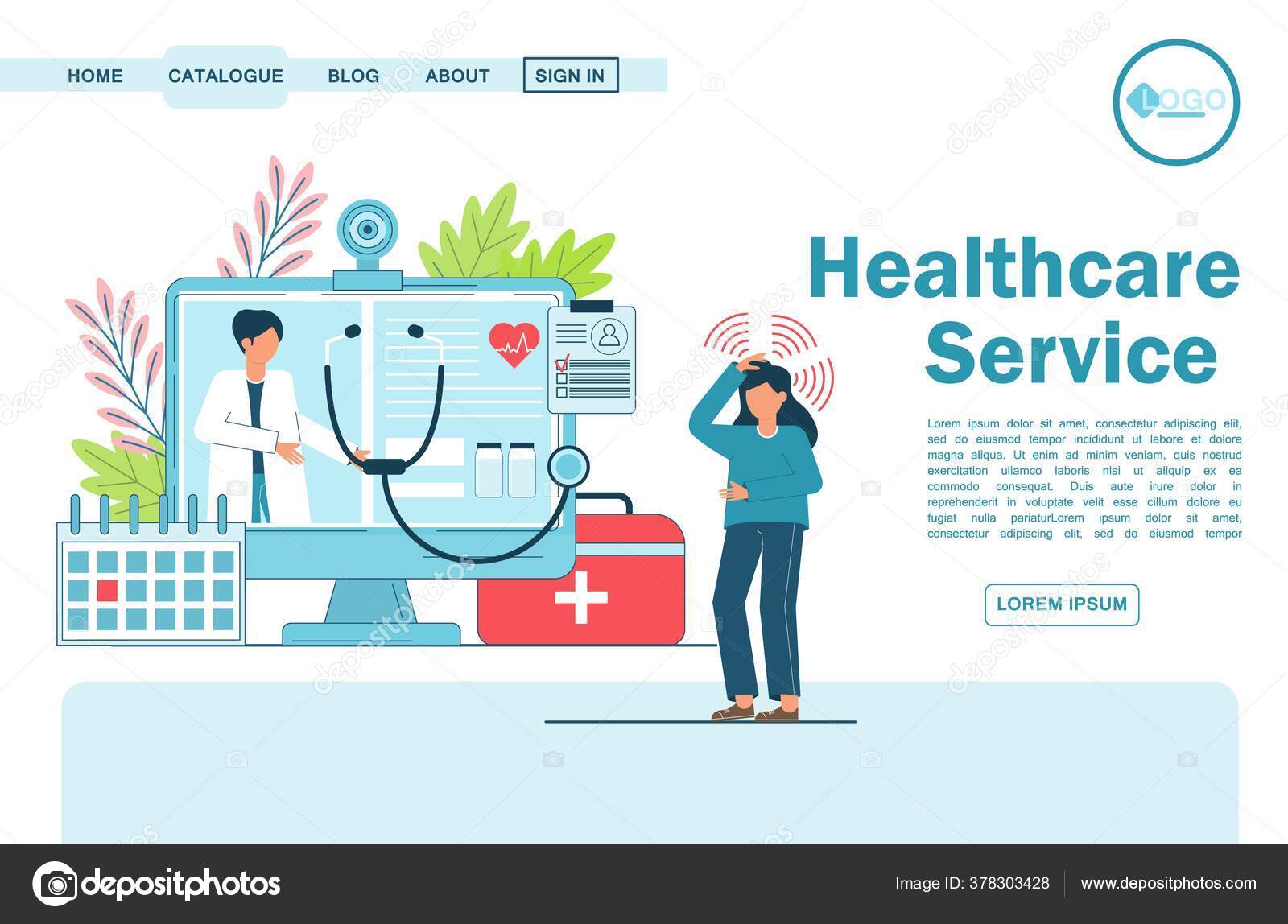Checking out the Growth of Subscription Based Healthcare in the Digital Age
Checking out the Growth of Subscription Based Healthcare in the Digital Age
Blog Article
Recognizing the Cost-Effectiveness of Subscription-Based Healthcare Designs
As the health care landscape progresses, subscription-based designs emerge as a compelling alternative, promising to redefine how individuals manage medical costs. Assessing these models' cost-effectiveness necessitates a nuanced comparison with traditional insurance, taking into consideration both economic implications and client satisfaction.
Summary of Subscription-Based Versions
Subscription-based medical care models, in some cases referred to as straight key treatment or attendant medication, are progressively gaining attention as a prospective service to inefficiencies within traditional medical care systems. These designs operate on the concept of offering individuals direct access to medical care suppliers with a monthly or yearly charge, bypassing the need for typical insurance coverage mechanisms. This setup aims to streamline patient-provider communications by reducing management concerns, which often impede timely and individualized care.
At the core of subscription-based designs is the emphasis on a much more personalized individual experience. Patients take advantage of enhanced access to their medical professionals, typically consisting of same-day or next-day consultations, extended examination times, and straight communication channels such as phone or video clip calls. This design cultivates a proactive technique to health care, where providers and clients can collaboratively concentrate on preventative treatment and chronic illness monitoring.

Cost Comparison With Conventional Insurance Coverage

Among the key economic benefits of registration versions is openness in prices. People pay a foreseeable cost, which can streamline budgeting and economic preparation. Furthermore, these designs normally remove co-pays and deductibles for protected services, decreasing out-of-pocket costs. On the other hand, conventional insurance may be more advantageous for people calling for specialized treatment or costly treatments not covered under a subscription version, as they gain from the wider protection network and cost-sharing mechanisms.
However, cost-effectiveness is context-dependent. While registration models might offer financial savings for those largely needing health care, people with chronic conditions or specialized medical care needs could find standard insurance a lot more comprehensive. As a result, evaluating certain medical care requirements and prospective use is essential in establishing the most affordable alternative for individuals.
Effect On Individual Contentment
Client contentment within subscription-based healthcare versions commonly mirrors a significant improvement over conventional insurance systems. Unlike conventional systems, where individuals may experience delays in receiving care, subscription-based versions make certain more direct and prompt communications with medical care suppliers.
Additionally, the transparency in prices connected with subscription-based healthcare alleviates the usual irritations associated to unanticipated charges and complex invoicing procedures seen in standard insurance (subscription based healthcare). People appreciate knowing the precise financial dedication upfront, leading to raised count on and self-confidence in their healthcare monitoring
Additionally, the focus on preventive treatment and wellness in membership versions adds to boosted health results, even more boosting Click Here client contentment. By focusing on continuous health care instead of episodic treatment, people experience a more continuous and alternative medical care journey.
Moreover, the boosted provider-patient relationship promoted in these versions, identified by more time spent per individual and personalized attention, plays a vital duty in boosting patient contentment degrees, as individuals feel really cared for and recognized.
Provider Experiences and perspectives
From the supplier's point of view, subscription-based healthcare designs use a transformative strategy to delivering medical services. These designs highlight a positive and preventative health care method, enabling carriers to concentrate on comprehensive patient treatment without the restraints of typical fee-for-service setups (subscription based healthcare). This change in emphasis commonly leads to enhanced client results and enhanced service provider complete satisfaction, as healthcare professionals can allot even more time and sources to client engagement and personalized care plans
Moreover, subscription versions promote predictable income streams, which enhance economic stability for healthcare providers. This predictability enables enhanced resource preparation and allotment, adding to a much more reliable health care distribution system. Companies can purchase personnel infrastructure, modern technology, and training enhancements, therefore improving the quality of care offered.
Nonetheless, the change to subscription-based models is not without challenges. In spite of check over here these obstacles, lots of carriers locate that the benefits of increased client interaction and streamlined operations exceed the preliminary obstacles, making subscription-based versions an eye-catching alternative.
Future Leads and Obstacles

A key difficulty is regulative compliance, as registration designs must abide by advancing health care policies and insurance policy demands. This necessitates continual adjustment and development to ensure placement with legal criteria. Furthermore, integrating these versions into existing medical care facilities can be complex, needing significant financial investments in technology and training.
There is additionally the prospective threat of producing injustices in health care accessibility, as membership versions may prefer those who can manage them, leaving vulnerable populaces underserved. Addressing this needs thoughtful factor to consider of prices approaches and subsidy devices to make certain inclusivity.
Final Thought
Subscription-based medical care designs offer a viable choice to conventional insurance policy by offering monetary predictability and openness, particularly benefiting people with persistent conditions or regular medical care needs. The cost-effectiveness of these designs rests upon specific health care use patterns and conditions. While they may improve individual satisfaction and improve budgeting, obstacles continue to be in addressing specialized care requirements. Future factors to consider include stabilizing comprehensive protection with cost and incorporating these versions within the more comprehensive healthcare system for optimal results.
Subscription-based medical care versions, occasionally referred to as straight key treatment or concierge medicine, are increasingly gaining attention as a possible remedy to inadequacies within typical health care systems. Unlike standard systems, where clients might experience delays in obtaining treatment, subscription-based designs ensure even more straight and timely communications with health care companies.
These models stress a aggressive and preventative healthcare approach, enabling companies to focus on thorough individual care without the restraints of standard fee-for-service arrangements. As these versions continue to gain grip, they provide the possible to reinvent client accessibility to care, improve solution shipment, and optimize medical care spending.Subscription-based healthcare designs present a sensible option to traditional insurance coverage by offering monetary predictability and transparency, especially benefiting individuals with persistent conditions or regular healthcare requirements.
Report this page